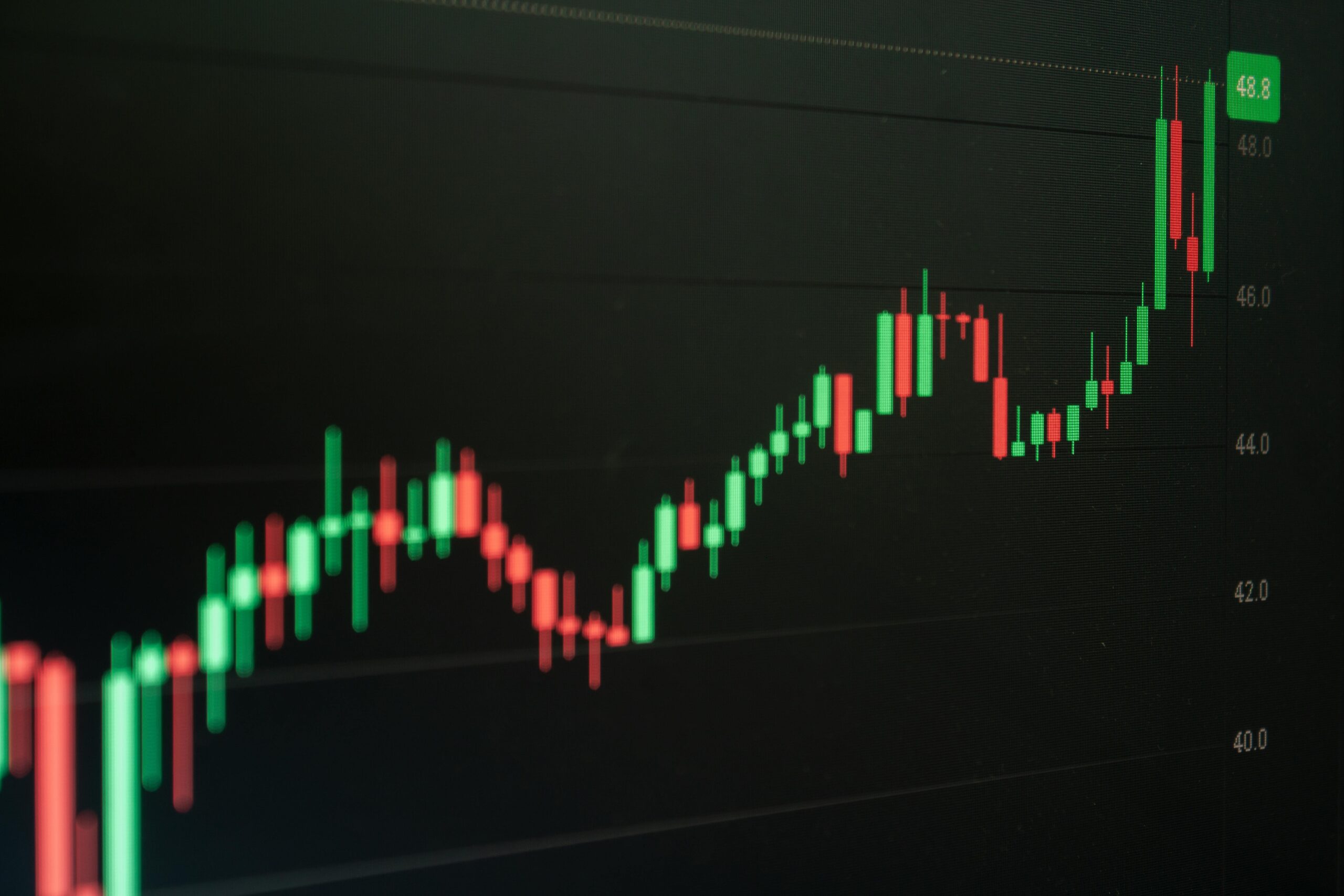Day trading is one of the most popular approaches in the forex market. Unlike long-term trading styles, traders open and close trades within the same day to take advantage of short-term market movements. Success requires a disciplined approach, technical knowledge, and strong planning. This guide will show you how to build a strategy that works and helps you trade consistently.
Understanding Forex Day Trading
This trading focuses on capturing intraday price movements. Traders rarely hold positions overnight, which reduces exposure to market gaps and unexpected news events. The approach involves quick decision-making, monitoring charts, and reacting to market developments in real-time. Before creating a strategy, understand how currency pairs behave during different trading sessions. The London and New York sessions tend to have the most liquidity and volatility, making them ideal for short-term trading. Recognizing these patterns will allow you to plan trades more effectively.
Setting Clear Goals for Day Trading
Every successful day trader sets clear goals. Are you aiming for daily consistent profits, or are you focused on building long-term experience? Setting realistic objectives is critical because this trading can be intense and stressful. Your goals should include the amount of risk you are willing to take per trade and the profit targets for each session. These goals help maintain discipline and strengthen your risk management in forex trading, ensuring that losses do not overwhelm your account.
Choosing the Right Day Trading Style
This trading offers several approaches, depending on your personality and market knowledge. The main methods include:
-
Trend-following day trading, which focuses on short-term trends.
-
Range trading, where traders buy at support and sell at resistance within a defined range.
-
Breakout trading, which captures price movement when a currency breaks through support or resistance levels.
Select a style that matches your schedule and risk tolerance. For instance, breakout strategies may require fast reactions, while range approaches allow a slightly slower pace. Choosing the right style will improve efficiency and help manage risk.
Tools and Indicators for Day Trading
A successful day trading strategy relies heavily on technical tools. Indicators such as moving averages, MACD, and RSI can help identify trade setups. Candlestick patterns are also valuable for spotting entry and exit points. Day traders often use short timeframes, like five-minute, fifteen-minute, or thirty-minute charts. Using a reliable platform with fast execution, real-time quotes, and minimal slippage is essential. Pair these tools with strong risk management in forex trading to increase your chances of success.
Implementing Risk Management in This Trading
Risk management in forex trading is crucial for day traders because multiple trades are executed daily. Decide in advance how much of your account you will risk per trade, typically 1 to 2 percent of your capital. Stop-loss orders are mandatory to limit potential losses. Avoid over-leveraging, which may amplify both gains and losses. Diversifying your trades across currency pairs can also reduce risk. Good risk management allows you to survive losing sessions and continue trading consistently.
Defining Entry and Exit Rules
Day trading requires precise entry and exit rules to remove emotions from your decisions. For example, you might enter a trade when a moving average crossover aligns with a short-term trend, while confirming momentum with RSI. Exit rules are equally important. Many day traders use tight profit targets and trailing stops to lock in gains. Backtesting your strategy with historical data ensures your rules work in various market conditions. Demo trading is also recommended before live execution.
Tracking Performance and Staying Disciplined
Maintaining discipline is critical in this approach. Fear and greed can lead to impulsive decisions that harm your account. Stick to your plan, and avoid chasing losses. Keep a detailed journal documenting every trade, including the setup, result, and lessons learned. Regularly reviewing performance helps you identify patterns, optimize strategies, and refine risk management in forex trading. Discipline and review are key to long-term success.
The Importance of a Reliable Broker
Even the best strategy can fail if you trade with an unreliable broker. A regulated broker provides fast execution, competitive pricing, and a secure trading environment. These factors are crucial when speed and reliability matter. If you want to trade with a trusted and regulated broker, consider trading with Exness broker. Known as one of the best brokers, Exness offers tight spreads, quick withdrawals, and a stable platform for both new and experienced traders.
Final Thoughts
Building a successful day trading strategy requires preparation, discipline, and strong risk management in forex trading. Start by understanding the market, setting achievable goals, and choosing a style that suits your personality. Use technical tools, define clear entry and exit rules, and track your performance consistently.
For a trusted trading environment, you can consider trading with Exness. For any type of trading-related help, contact us. Following these steps will give you the best chance to develop a forex trading strategy that works effectively in day trading.







